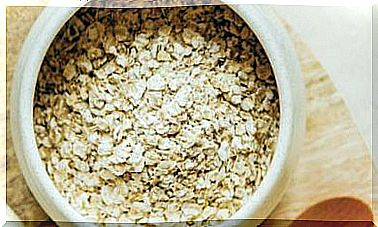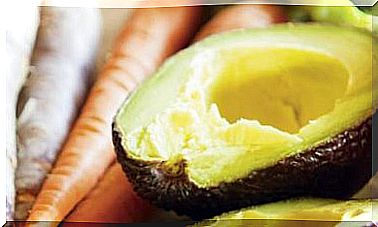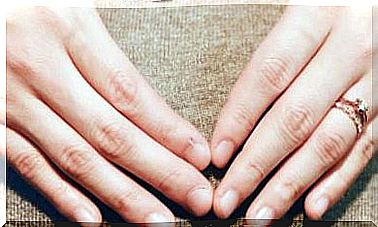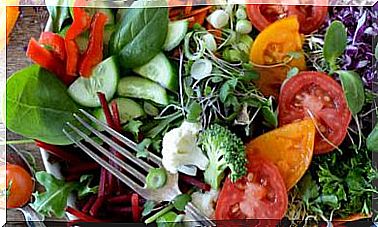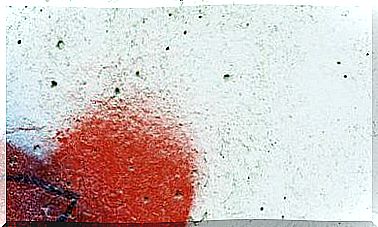Say Yes To Healthy Sauces
Sauces often contain excess saturated fat and additives. With some tricks you can turn your favorite homemade sauces into heart-healthy ones and they will be just as tasty.
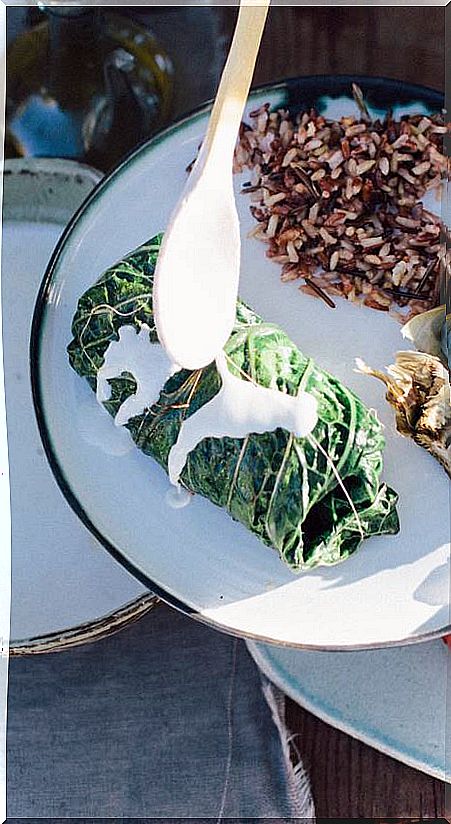
There is a whole arsenal of flavorings and thickeners, colorants and emulsifiers that the food industry juggles to achieve these attractive commercial sauces.
With natural and healthy alternatives we can prepare sauces that are just as tasty, more nutritious and that can be easily prepared at home.
Why are packaged sauces harmful?
Some of those substances in commercial sauces are natural (or very close to their origin), they even have nutritional properties, but others, hidden behind the disguise of a numerical code, are derived from the chemical industry.
And they are not always harmless. In the best of cases, these “intruders” of the recipe do not contribute anything positive to our body, but the worrying thing is that some common in common sauces, such as monosodium glutamate (E-621), are accused of causing serious damage to health.
Label information
There is an added problem, and that is that the origin of many additives is uncertain and the names are confusing. Under the same code and name we can find a synthetic substance or another that comes from a product of animal origin.
The preservative problem
In addition, commercial sauces necessarily require a minimum shelf life to make them profitable, which requires the inclusion of preservatives that denature them excessively.
Added salt and sugar
Another drawback is that they tend to have excess salt, because, in addition to being a flavoring, they also use it as a preservative. Despite being a calorie-depleted ingredient, salt can add numbers to your bathroom scale by promoting fluid retention.
Something similar happens with the amount of sugar, which is often included to regulate the excess of salty, sour or bitter taste of other additives.
Many calories
Fats are the base of many sauces and the usual ones responsible for excess calories. But not all fats are created equal, and weight gain is a more complex matter than a simple calorie count.
A good virgin olive oil does not have the same “weight” in the recipe as a saturated or hydrogenated fat, more likely to be stored in adipose tissue.
But beyond the calories, the fame that accompanies sauces has a lot to do with the fact that they tempt us to eat more bread – when we scrape the plate – and whet our appetite.
Keys to make your sauces healthier
When preparing sauces, we have to create an emulsion to unite two elements that in theory do not mix well, water and a fat. In addition , this emulsion has to be stable, because we do not want to have the unpleasant experience that the sauce is “cut”.
Other times, what is simply a flavored broth, you have to give it body and an unctuous texture.
1. Use light and vegetable alternatives
The usual thing is that to thicken the sauces, use wheat flour; as fat, from butter. To give stability, from the egg or the milk cream.
Fortunately, apart from olive oil, we have a good arsenal of healthy ingredients that help to create sauces as rich as the traditional ones without resorting to products of animal origin or indigestible flours.
The agar-agar, with its gelling power, it is ideal to thicken, brightness gives the sauce and enriched with soluble fiber.
With silky tofu we can give cohesion, body and texture without resorting to flour, and with soy lecithin it is easy to create an emulsion where eggs or milk are usually used.
Another thickener is kuzu, the starch from a root that is used in the East for its medicinal power.
With these thickeners, in addition, you will obtain lighter and more satiating sauces, and we will increase their fiber intake. This will reduce the temptation to eat more bread.
2. Optimize your energy
If we can make the sauces have a low glycemic index, their energy will be better used and we will avoid the inflammatory effect.
This is easy to do, as it is enough to substitute the refined wheat or corn flour for any legume flour.
In sweet and sour sauces we can use natural sweeteners such as stevia, agave syrup or coconut sugar.
3. Reduce the salt content
As we have seen, excess salt in sauces is common, but this inconvenience can be minimized by using gomasio or herbal salt.
If not, the moderate use of a good unrefined sea salt will always be preferable to that of common salt.
3 classic recipes in their vegetable and healthy version
All the ingredients and substitutions that we have discussed give added value to the sauces. They make them more satiating and, at the same time, light, add nutritional value to the whole and give them a more heart-healthy fat profile.
We propose three example recipes so that you can put these tips into practice.
Gluten-free bechamel sauce
In this recipe, the milk is replaced by a vegetable drink and the wheat flour by rice.
Ingredients:
- 400 g of glutinous rice
- 50 ml olive oil
- 100 ml of vegetable milk
- nutmeg
- Salt
preparation:
- Boil the rice.
- Once boiled, grind it together with the oil and vegetable milk.
- Pass it through the Chinese and season it with nutmeg and salt.
Another option is to use 60 ml of rice flour and make it like traditional béchamel.
Beet tofunesa
In this colorful pink sauce, the egg is replaced by tofu and the flavor is enhanced with mustard and beet.
Ingredients:
- 120g silky tofu
- 90 ml olive oil
- 1 teaspoon mustard
- 2 teaspoons apple cider vinegar
- 40 g of cooked beet
- Salt
preparation:
- Put everything in the blender glass.
- Beat everything together until you get a cream.
Eggless Mayonnaise
You can also make mayonnaise by simply using soy milk instead of egg.
Ingredients:
- 75 ml of soy milk
- 200 ml olive oil
- 1 lemon
- Garlic
- turmeric
- Salt
preparation:
- In the blender glass, let the soy milk and oil rest until they separate.
- Add garlic to taste and a pinch of turmeric.
- Beat from below to emulsify
- Add salt and a dash of lemon, and beat some more.
